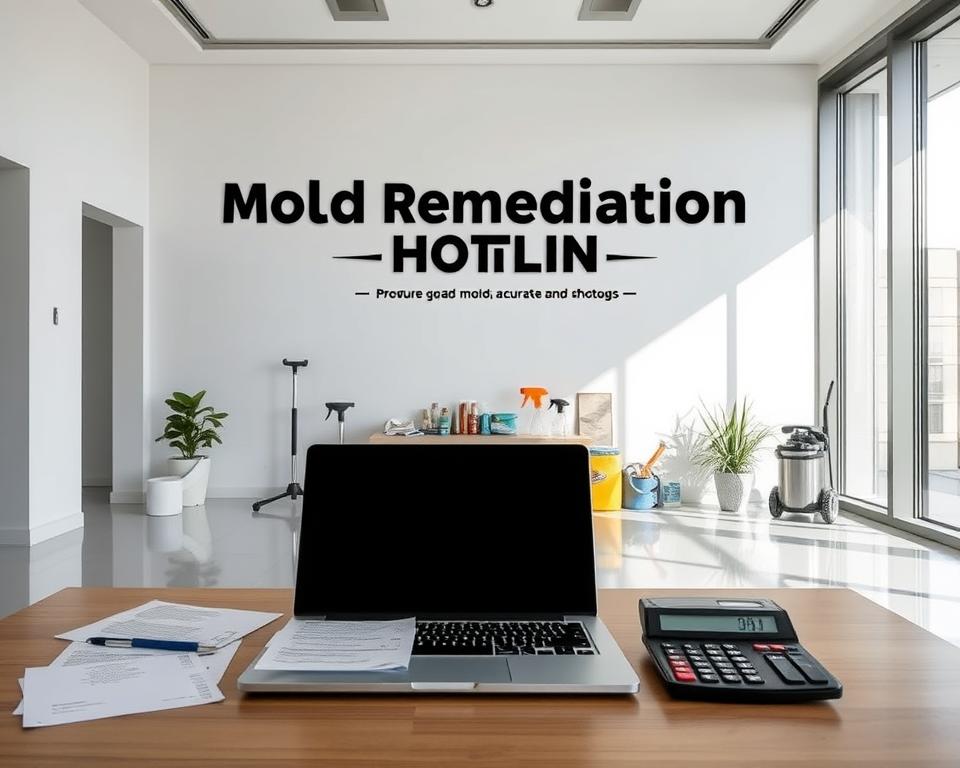Did you know that mold remediation can cost homeowners between $500 to $6,000 or more, depending on the extent of the damage? With such a wide range, it’s crucial for property owners to understand the costs involved. Comparing free mold remediation estimates is a vital step in planning cleanup projects without the guesswork.
Property owners now have access to digital tools that transform complex pricing data into clear, actionable insights. By combining regional labor rates with real-time material costs, these tools deliver precise projections tailored to specific locations and space sizes, ensuring that homeowners are not caught off guard by surprise expenses during property restoration.
For immediate assistance with mold remediation consultation, call our experts at 332-220-0303. This comprehensive guide will walk you through the process of obtaining and comparing estimates, helping you make informed decisions about your home’s health and safety.
Key Takeaways
- Comparing multiple mold remediation estimates can save homeowners thousands of dollars.
- Digital tools provide detailed cost breakdowns reflecting regional pricing trends.
- Understanding the scope, timeline, and cost of mold removal projects is crucial.
- Comparing estimates helps identify potential scams and unreasonable pricing.
- Comprehensive remediation plans address the root causes of mold growth.
Understanding Mold Remediation and Why Estimates Matter
The process of mold remediation involves more than just removing mold; it’s about understanding the underlying issues that lead to mold growth. Mold is a fungus that thrives in moist environments and spreads by emitting spores. To prevent mold, it’s crucial to clean up spills, repair leaks, and ensure proper ventilation.
What Is Mold Remediation?
Mold remediation is the process of removing mold from a contaminated area. It’s essential to address mold issues promptly as mold can damage surfaces and exacerbate allergies or asthma. Effective remediation involves identifying and addressing the source of moisture that led to the mold growth.
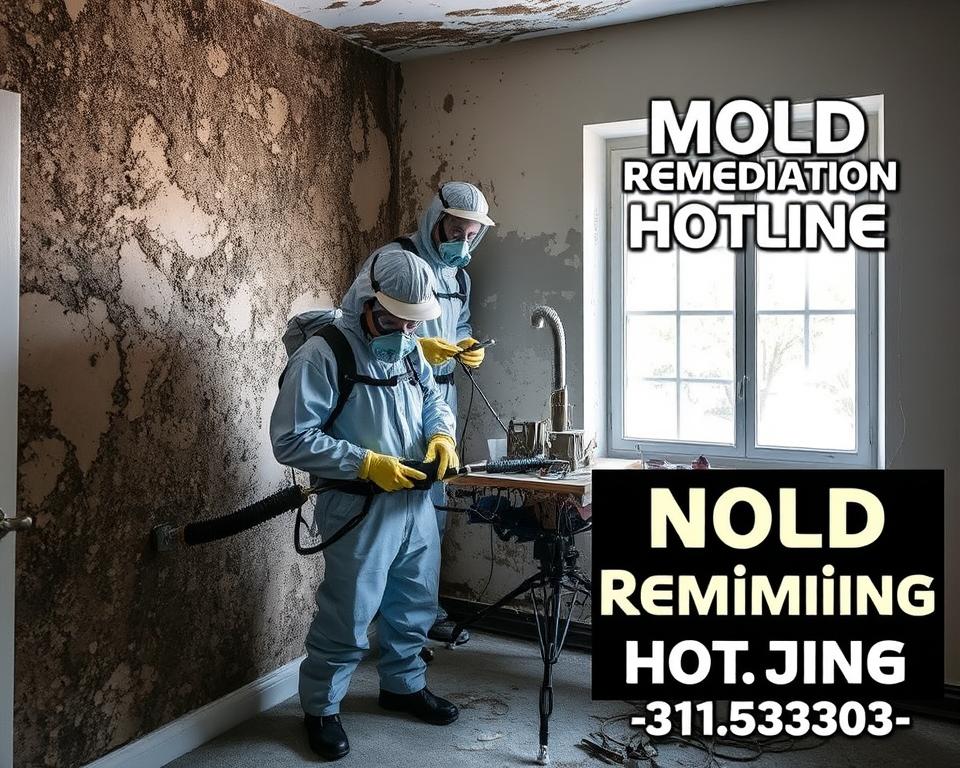
The Importance of Getting Multiple Estimates
Obtaining multiple mold remediation estimates is crucial for homeowners. It allows them to compare the scope of work, methodologies, timelines, and costs across different service providers. Here are some key benefits:
- Comparing estimates helps identify potential scams and unusually low prices that may indicate incomplete remediation plans.
- Multiple estimates provide leverage to negotiate better terms, additional services, or warranty options.
- Professional estimates should include detailed breakdowns of labor costs, materials, equipment usage, and post-remediation testing.
| Estimate Details | Company A | Company B |
|---|---|---|
| Labor Costs | $1,000 | $1,200 |
| Materials and Equipment | $500 | $600 |
| Total Price | $1,500 | $1,800 |
For a comprehensive consultation on your mold remediation needs, call our experts at 332-220-0303 to schedule an immediate assessment.
How to Compare Free Mold Remediation Estimates
When faced with mold growth in your property, comparing free mold remediation estimates is crucial for making an informed decision. Mold remediation can be a complex process, and the estimates provided by different companies can vary significantly. Understanding what to look for in these estimates is key to selecting a reliable and cost-effective service.
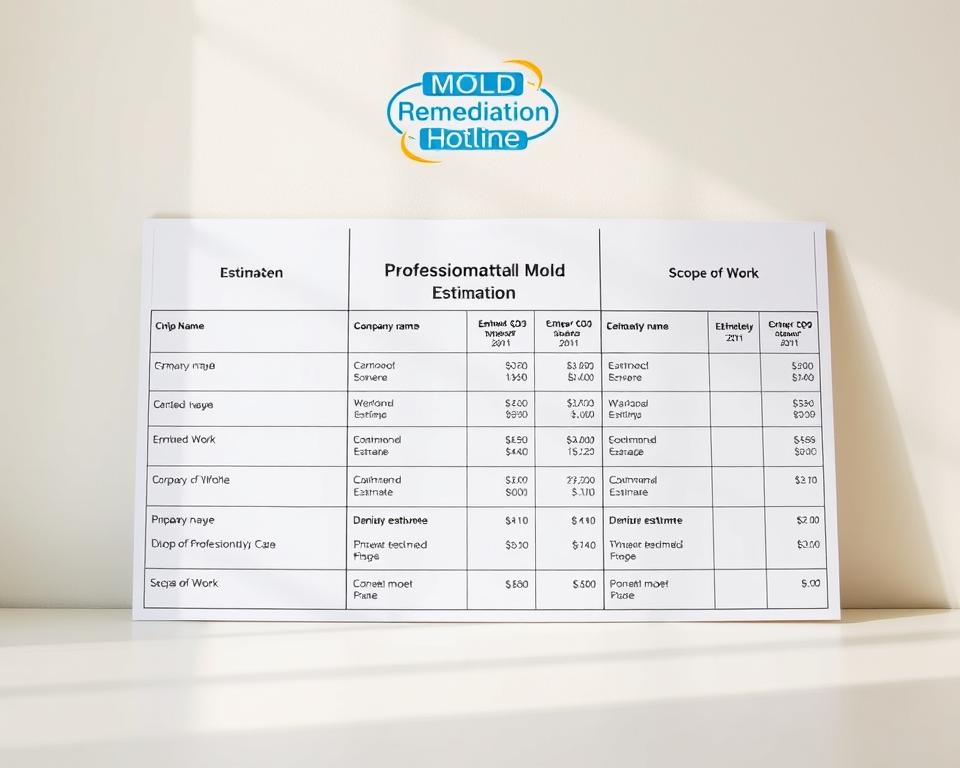
What Should Be Included in a Proper Estimate
A proper mold remediation estimate should include a detailed breakdown of the costs involved, the scope of work, and the methods used for remediation. It should also specify the testing and inspection procedures to be followed to assess the extent of mold contamination. A comprehensive estimate helps in understanding the remediation process and the materials needed.
Red Flags to Watch For in Estimates
When comparing estimates, there are several red flags to watch out for. Be wary of estimates that seem unusually low, as they may indicate cut corners or additional charges later on. Also, be cautious of companies that recommend extensive remediation without proper testing or inspection. Legitimate businesses will charge reasonable fees for their services, so be suspicious of completely free inspections with no conditions.
Some key red flags include:
- Estimates lacking detailed breakdowns of costs and specific remediation methods.
- Vague language about the scope of work or unclear timelines.
- High-pressure sales tactics, including dramatic price reductions for immediate sign-ups.
- Companies offering free mold testing followed by immediate recommendations for their remediation services, indicating a potential conflict of interest.
Factors That Affect Mold Remediation Costs
Understanding the factors that influence mold remediation costs is crucial for homeowners and businesses alike. The cost of mold remediation can vary widely depending on several key elements.
Size of the Affected Area
The size of the area affected by mold is a significant factor in determining remediation costs. Larger areas require more extensive cleaning, equipment, and labor, thereby increasing costs. Remediation costs can range from a few hundred dollars for small, contained areas to several thousand dollars for larger, more widespread contamination.
For instance, a small bathroom with mold may cost between $500 to $1,000 to remediate, while a larger basement with extensive mold growth could cost $3,000 to $6,000 or more.
Type and Extent of Mold Contamination
The type and extent of mold contamination also play a crucial role in determining remediation costs. Different types of mold may require specialized treatment, and the extent of contamination can affect the amount of equipment and labor needed. For example, toxic mold like Stachybotrys chartarum requires more rigorous and costly remediation procedures.
According to industry data, equipment rentals account for 18-25% of total estimates, with air scrubbers costing $65-$110 daily and infrared cameras for moisture detection ranging from $85-$150 per project day.
Location and Accessibility
The location and accessibility of the mold-affected area significantly impact remediation costs. Areas that are difficult to reach, such as crawl spaces, attics, or behind walls, require specialized equipment and more labor time, increasing costs. Mold remediation in basements or bathrooms, for instance, often costs more due to poor accessibility and the need for extensive moisture control measures.
| Location | Accessibility Impact | Cost Implication |
|---|---|---|
| Crawl Spaces | Difficult to access | Increased labor costs |
| Basements | Poor accessibility, potential flooding | Higher costs due to moisture control |
| Bathrooms | High humidity, plumbing fixtures | Increased costs for specialized remediation |
As noted by a mold remediation expert, “The complexity of the remediation process, including the need for specialized equipment and the extent of contamination, directly affects the overall cost.” 
Breaking Down the Components of Mold Remediation Estimates
To navigate the process of mold remediation effectively, it’s essential to comprehend the various elements that make up the estimates. Mold remediation involves several key components, each contributing to the overall cost.
Labor Costs
Labor costs are a significant portion of mold remediation expenses. These costs vary based on the extent of the mold infestation, the complexity of the remediation process, and the professionals’ rates. Experienced technicians and specialists may charge higher rates, but their expertise ensures a thorough and safe remediation process.
Equipment and Materials
The cost of equipment and materials is another crucial aspect of mold remediation estimates. This includes personal protective equipment (PPE), containment materials, and specialized equipment for removing mold and restoring the affected area. The quality and quantity of these materials can impact the overall cost and effectiveness of the remediation.

Testing and Inspection Fees
Testing and inspection fees are vital components of mold remediation estimates. Professional mold inspection typically costs between $300-$400 for homes under 4,000 square feet. Air quality testing, which measures mold spore concentration, can range from $150-$300 per sample. Post-remediation verification testing is also essential, adding $200-$400 to the overall project cost.
Understanding these components can help homeowners better navigate the mold remediation process and ensure they receive a comprehensive and accurate estimate.
The Mold Inspection Process
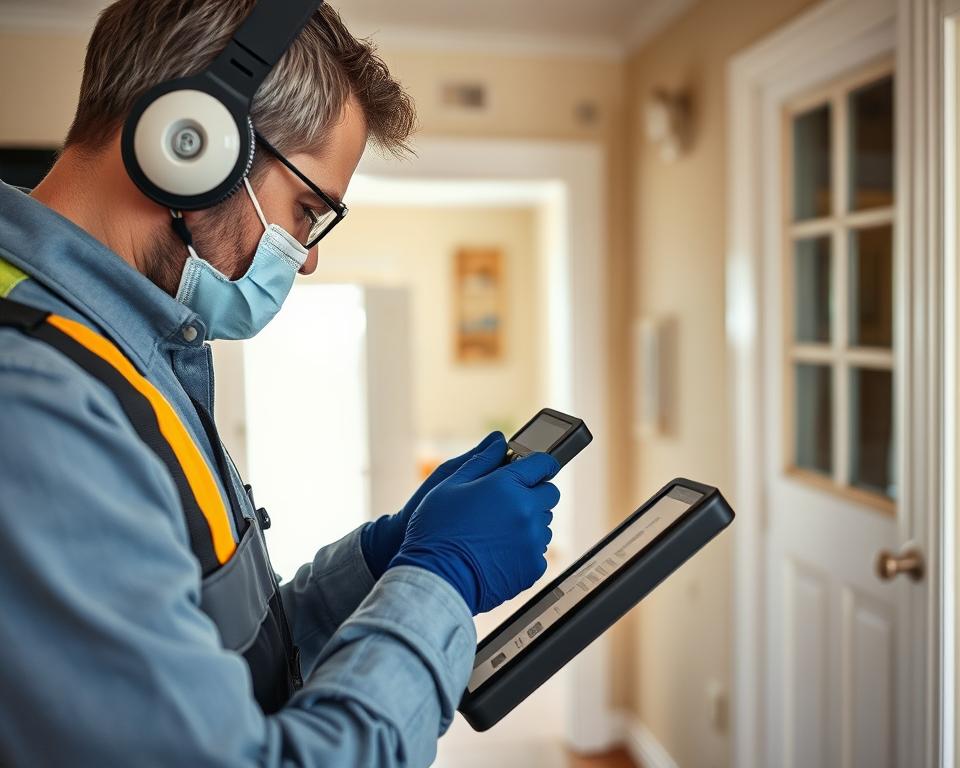
When it comes to maintaining a healthy indoor environment, a professional mold inspection plays a vital role. Mold inspections are critical for identifying potential mold issues that could lead to health problems and costly repairs if left unaddressed.
Visual Inspections vs. Air Quality Testing
A mold inspection typically involves two main components: visual inspections and air quality testing. Visual inspections involve a thorough examination of the property to identify visible signs of mold, water damage, and moisture issues. On the other hand, air quality testing measures the concentration of mold spores in the air to determine if there’s a hidden mold problem.
When Is a Professional Inspection Necessary?
A professional mold inspection is necessary in several situations. For instance, after water damage events such as flooding, roof leaks, or plumbing failures that weren’t properly dried within 24-48 hours, a professional inspection can help identify mold growth early. Additionally, when purchasing a new home, a mold inspection can provide peace of mind by identifying potential mold issues that may not be visible during standard home inspections.
- Professional mold inspection becomes necessary after water damage events.
- When purchasing a new home, professional inspection provides peace of mind.
- Properties that have been unoccupied for extended periods are vulnerable to mold growth.
- After previous mold remediation, professional inspection confirms successful removal.
Average Costs of Mold Remediation Services
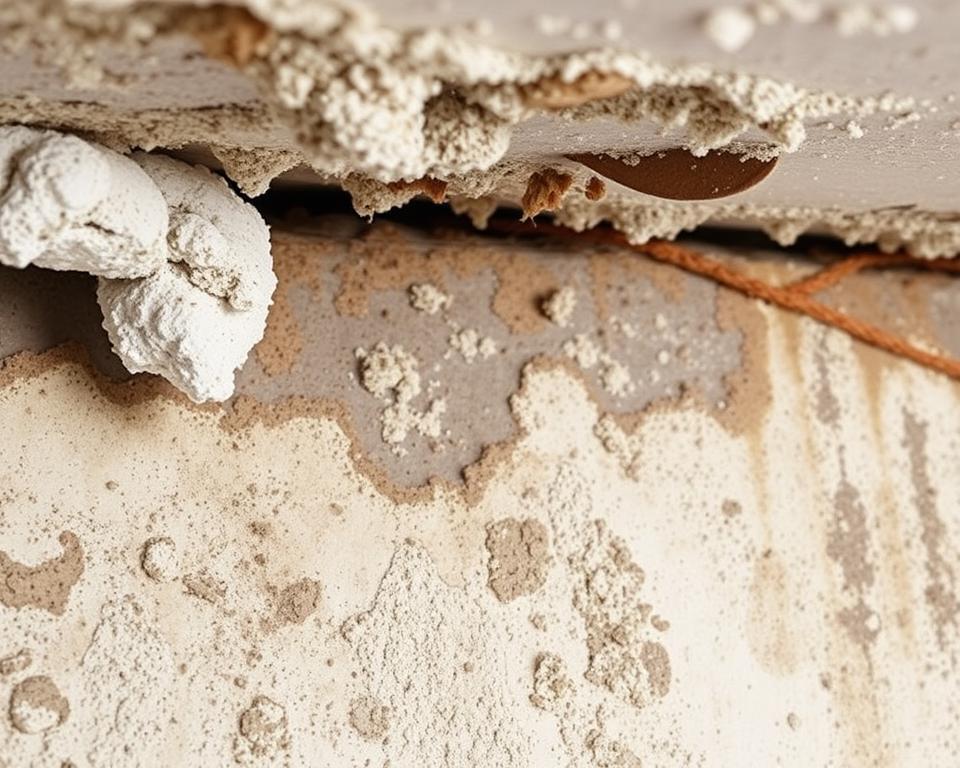
The cost of mold remediation services can vary widely based on several factors, including the size of the affected area, the type and extent of mold contamination, and the location of the property.
Cost Ranges by Project Size
Mold remediation costs are often determined by the size of the area affected by mold. For smaller areas (less than 100 square feet), costs can range from $500 to $1,500. For larger areas (100-500 square feet), costs can be between $1,500 and $6,000. Larger remediation projects (over 1,000 square feet) can cost $6,000 or more.
Regional Price Variations
Regional factors significantly influence mold remediation costs. Urban areas tend to have higher rates than rural zones due to stricter compliance rules and higher labor costs.
- Mold remediation costs vary significantly by region, with metropolitan areas like New York, San Francisco, and Washington DC commanding 20-30% higher prices than the national average.
- Rural areas typically offer more competitive pricing due to lower overhead costs and less stringent local regulations governing remediation procedures.
- Coastal and high-humidity regions often have more experienced remediation providers but may charge premium rates due to higher demand for their services.
- Regional price variations reflect differences in labor costs, licensing requirements, disposal regulations, and local building codes that affect remediation protocols.
- Seasonal factors influence regional pricing, with many areas experiencing price increases during peak humidity months when demand for mold remediation services surges.
Understanding these factors can help homeowners estimate the cost of mold remediation services for their specific situation.
Free vs. Paid Mold Inspections: What’s the Difference?
Understanding the differences between free and paid mold inspections is essential for homeowners to make informed decisions about their property. Mold can be a serious health issue, and making a small investment upfront can be worth the money spent to assist in making an educated decision for the best price for mitigation work.
What to Expect from Free Inspection Offers
Free mold inspection offers may seem attractive, but it’s crucial to understand what’s included. Homeowners should ask questions before booking an appointment, such as: What is involved in a mold inspection? Is the estimate documented in detail in writing? Will the inspector investigate to determine if mold is present even if it’s not visible? Is mold testing included for free? Knowing these details can help homeowners make the most of free inspection offers.
When It’s Worth Paying for an Inspection
There are situations where paying for a mold inspection is worthwhile. For instance, when purchasing a new home, a paid inspection can provide comprehensive documentation of any existing mold issues. Paid inspections are also valuable after water damage events to assess moisture penetration and potential mold growth. Additionally, if health symptoms suggest possible mold exposure, a paid inspection with laboratory testing can identify hidden contamination.
| Scenario | Free Inspection | Paid Inspection |
|---|---|---|
| Buying a new home | Limited assessment | Comprehensive documentation |
| Health symptoms suggest mold exposure | No laboratory testing | Laboratory testing for hidden contamination |
| After water damage events | Limited assessment of moisture | Detailed assessment of moisture penetration |
For immediate consultation, call 332-220-0303. Investing in a paid inspection can provide peace of mind and help homeowners avoid costly remediation in the long run.
Using Online Mold Remediation Cost Estimators

The rise of digital tools has made it easier for individuals to estimate the cost of mold remediation using online calculators. These tools can provide a preliminary understanding of the expenses involved in the remediation process.
Benefits of Digital Estimation Tools
Online mold remediation cost estimators offer several benefits, including convenience and a quick initial assessment. They allow homeowners to input basic information about the affected area and receive an estimated cost range for the remediation work. This can be particularly helpful in the early stages of dealing with mold issues, as it gives homeowners a rough idea of what to expect financially.
Limitations of Online Calculators
While online estimators are useful, they have significant limitations. For instance, they cannot detect hidden mold behind walls or under floors, which can significantly impact actual remediation costs. Additionally, digital estimators typically cannot assess structural damage, the presence of toxic mold species, or underlying moisture issues that would affect remediation approaches and costs.
Other limitations include the inability to account for unforeseen complications that often arise during remediation, such as discovering additional affected areas or identifying secondary water damage. Most online tools provide broad price ranges rather than precise estimates, as they lack the ability to evaluate specific building materials, construction methods, or accessibility challenges.
For a personalized consultation that accounts for your home’s specific conditions, including moisture damage and the extent of mold remediation required, call our experts at 332-220-0303.
Questions to Ask Mold Remediation Companies
Property owners can make informed decisions by asking critical questions about mold remediation services and costs. Transparency remains central to the platform’s design, empowering property owners with insights typically reserved for contractors.
Experience and Certification Questions
It’s vital to inquire about the experience and certifications of the mold remediation company. Ask about their certifications, such as those from the Institute of Inspection, Cleaning and Restoration Certification (IICRC), and their experience with cases similar to yours.
Process and Timeline Questions
Understanding the remediation process and timeline is crucial. Ask about the steps they will take to remediate the mold, the equipment they will use, and the expected timeline for completion. Inquire about their process for containing the affected area to prevent further contamination.
Cost and Payment Questions
Request a detailed breakdown of all costs, including labor, materials, equipment, testing, and any potential additional charges. Ask about payment schedules, price guarantees, and financing options. For transparent pricing information and payment options, call our consultants at 332-220-0303 for immediate assistance.
| Category | Questions to Ask |
|---|---|
| Experience and Certification | What certifications do you hold? How many years of experience do you have in mold remediation? |
| Process and Timeline | What steps will you take to remediate the mold? What is the expected timeline for completion? |
| Cost and Payment | What is the total cost? Are there any additional charges? What payment schedules do you offer? |

Understanding the Relationship Between Water Damage and Mold
Understanding the link between water damage and mold growth is crucial for homeowners dealing with property restoration. Water intrusion in homes can lead to significant issues, including mold growth, if not addressed promptly and properly.
How Water Damage Leads to Mold Growth
Water damage creates an ideal environment for mold to grow by introducing moisture into structures and materials. When water is not quickly extracted or dried, it seeps into walls, floors, and ceilings, fostering mold growth. Mold elimination typically requires specialized equipment, such as HEPA filtration systems, and thorough antimicrobial treatments on affected surfaces.
Professionals use industrial extractors and moisture meters for 24-48 hours to dry out the affected areas, preventing secondary damage. However, if the drying process is delayed or inadequate, mold can begin to grow within 24-48 hours.
Comparing Water Damage and Mold Remediation Services
Water damage restoration and mold remediation are distinct services with different focuses and requirements. While water damage restoration focuses on water extraction and drying to prevent secondary issues, mold remediation addresses existing contamination and prevents future growth. The equipment and processes used differ significantly between the two services. 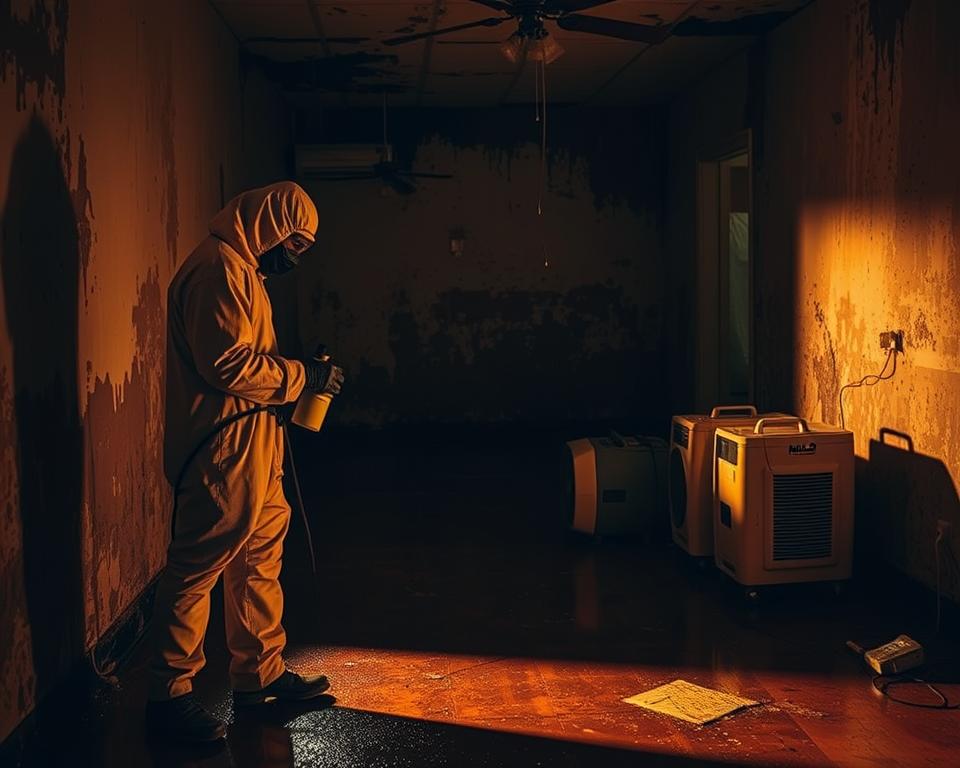
- Water damage restoration focuses on emergency response, water extraction, and structural drying.
- Mold remediation involves containment, HEPA filtration, and antimicrobial treatments.
- The costs for these services vary, with water damage restoration averaging $3.80-$8.50 per square foot and mold remediation costing $2.50-$7.00 per square foot.
Many professional restoration companies offer both services, allowing for a seamless transition between initial water mitigation and subsequent mold prevention or treatment.
How to Avoid Mold Remediation Scams
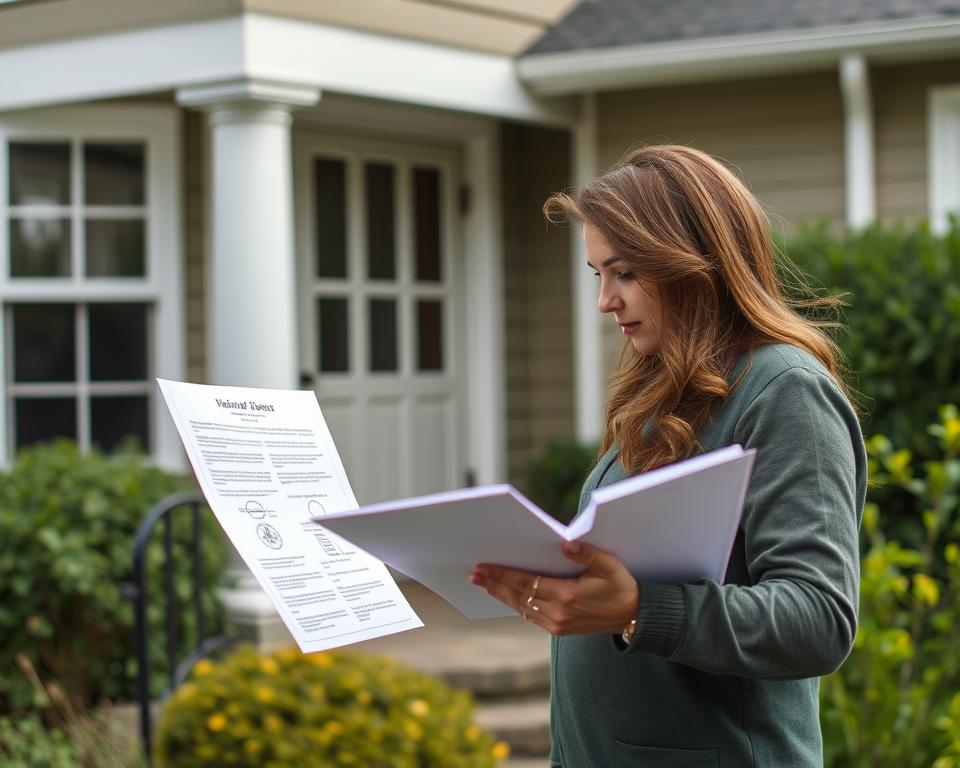
Protecting your home from mold remediation scams requires vigilance and knowledge. Homeowners often need guidance on how to identify trustworthy mold remediation services.
Common Mold Remediation Scam Tactics
Mold remediation scams can take many forms. Scammers might overstate the extent of mold contamination or offer subpar services at inflated prices. Being aware of these tactics is crucial. Some common scam tactics include:
- Overcharging for services
- Performing unnecessary work
- Lacking proper certifications and licenses
Verifying a Company’s Credentials
To avoid falling prey to mold remediation scams, it’s essential to verify a company’s credentials thoroughly. Here are key steps to take:
- Verify a remediation company’s licensing through your state’s contractor licensing board or department of health.
- Check for industry certifications from recognized organizations like the Institute of Inspection Cleaning and Restoration Certification (IICRC) or the National Organization of Remediators and Mold Inspectors (NORMI).
- Research the company’s reputation through the Better Business Bureau, online reviews, and by requesting references.
- Confirm proper insurance coverage by requesting certificates of insurance.
- Evaluate the company’s professionalism through their written communications and detailed estimates.
For immediate consultation and to ensure your safety and the integrity of your home, call 332-220-0303. Professionals with experience in mold inspection and remediation can provide the necessary assistance.
Conclusion
Comparing free mold remediation estimates is a vital step in ensuring that homeowners receive fair pricing and comprehensive service. Modern budgeting solutions have transformed how property owners approach cleanup projects, providing instant location-specific projections that combine regional labor rates with real-time material costs.
The importance of transparency in mold remediation estimates cannot be overstated. Detailed breakdowns of fees, equipment rentals, and work hours empower homeowners to make informed decisions. When evaluating estimates, it’s essential to look beyond the bottom-line price to consider the company’s experience, certification, and plans for preventing future mold growth.
Understanding the factors that influence remediation costs—including affected area size, mold type, location accessibility, and required safety protocols—helps homeowners recognize reasonable versus suspicious pricing. The relationship between water damage and mold highlights the importance of addressing moisture sources first, whether from plumbing leaks, roof damage, or HVAC condensation issues.
To protect your home and family from mold, it’s crucial to make educated decisions about remediation services. For a personalized consultation that addresses your specific situation, call our experts at 332-220-0303. By doing so, you’ll be taking a significant step towards a healthier and safer living environment.
